By sally Siko
By the way, I’ve added more than 80 new birding tour dates to my Best Life Birding trip schedule.
Check out the calendar below and book your next birding adventure with me today!
By sally Siko
By the way, I’ve added more than 80 new birding tour dates to my Best Life Birding trip schedule.
Check out the calendar below and book your next birding adventure with me today!
By Sally Siko
Stoked to lay eyes on a Trumpeter Swan this morning while birding with my friend Corie @latta.ridge at Hanging Rock SP in Danville, NC!

Standing at nearly 4ft tall with a wingspan stretching 5.2ft, and a hefty weight topping 30lbs, Trumpeter Swans are both the largest and heaviest species of waterfowl native to the United States. They are much larger than our wintering Tundra Swans and easy to identify by observing that elongated face and low posture in the water.
I was surprised how curious this guy was as the swan casually swam over to get a look at me as I took these photos. At one point the bird was only a couple feet away though it remained calm and unbothered throughout the entire visit.
These large elegant birds are truly awe inspiring to see up close and I was delighted to encounter such a friendly swan out in the wild.





The other reason that I was thrilled to see this bird is because although the numbers of this species are increasing (currently estimated at 63,000 birds), Trumpeter Swans are a rarely spotted here in the mid Atlantic region of the eastern US.
These elegant birds originally graced wetlands across a broad region of North America from Illinois all the way up into northwest to Alaska.
Unfortunately though, throughout the 17- and 1800s, they were hunted relentlessly for their meat, skins and feathers.
That combined with habitat loss meant that by the 1930s, only 69 Trumpeter Swans remained in the lower 48 states, living in the remote Red Rock Lakes area in southwestern Montana.
Crazy!
Thanks to modern conservation practices, this species is recovering however their future remains uncertain due to continued habitat loss and lead shot poisoning.
We almost lost them but at least we’ve got a chance to today to ensure the survival of this magnificent bird.
If you’d like to go see the spread for yourself, here is a Google Maps pindrop of its location at the bottom of this post.
I don’t know how much longer this big boy will remain at the lake, but it’s probably worth a look if you’re anywhere in the area.
Photos by @sally_siko of @bestlife_birding on my mighty mirrorless monster, the @canonusa #R5
By Sally SIko
Here’s another uncommon bird I spotted this week while birding in Raleigh NC, the Vesper Sparrow.
I’d set out to find one of these beauties along Mid Pines road and was rewarded with some great close up looks as they perched on the fence line.
I’ve seen this species before in the same area but the only photos I’d ever managed to take were terribly lit and from below so it was nice to actually capture a couple shots at eye level.
I know sparrows don’t typically catch anyone’s attention but I absolutely adore these tiny birds.
Aren’t they sweet?
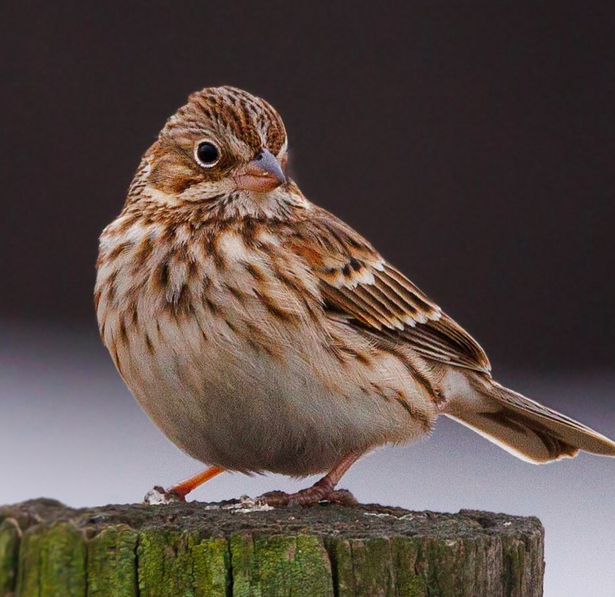
Although they do breed in the western counties of the Tarheel state, the Vesper Sparrow are an uncommon sight here in NC. Usually they are spotted during migration but unfortunately numbers of this species are in overall decline so seeing one is indeed a treat at anytime of the year.
As with many other sparrows, the Vespers favor weedy field habitats with sparse grass cover mixed with bare ground. Interestingly they seem to like hanging out with Song Sparrows and Savannah Sparrows so it’s worth double checking who’s who when ya encounter mixed flocks.
The easiest way to ID these guys is to look for a streaky breasted sparrow that has prominent white eye ring combined with white outer tail feathers which are most noticeable when they’re in flight.
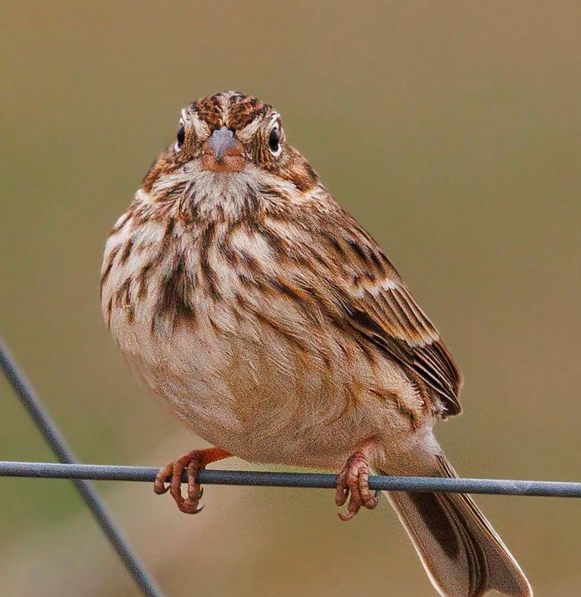



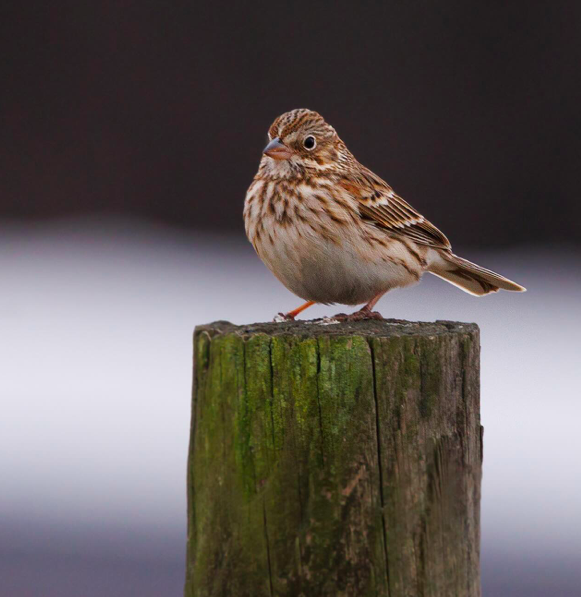

These lovely feathered gems should hang out in central North Carolina until mid March.
If you’d like to find these birds at Mid Pines Rd, I’ve included a link below of their exact location.
I hope that you get to see them too!
Photos by @sally_siko of @bestlife_birding on my mighty mirrorless monster, the @canonusa#R5
By Sally Siko
Here’s a bird I was surprised to see while birding in eastern North Carolina yesterday, an Ash-throated Flycatcher!
The normal range for these little dynamos typically stretches from California to Texas so spotting one here on the east coast is a real treat.
I actually heard this bird calling out “ka-brick” before I found it so it was neat to zone in on that one patch of tall grass to finally get a photo after hearing it vocalize.

Aptly named, Ash-throated Flycatchers do indeed snack on flies. They’re also voracious eaters of all kinds of other insects such as grasshoppers, wasps, bees, cicadas, termites, moths, caterpillars, beetles, spiders and dragonflies.
As desert dwellers, water can be tough to find but that’s not a problem for them since they can get all the water they need from the insects which they consume. This unique dietary adaptation allows them to live in harsh dry environments where other species might not be able to thrive.
Here in NC, we’ve got plenty of water and insects which should carry this little one through the winter months if it chooses to stay.

Though the Ash- throated Flycatcher is not native to North Carolina, sightings of this “rare for the area” bird have been increasing in recent years.
It appears that a few individuals seem to favor the Alligator River NWR and the Pungo Unit as their winter destination of choice.
If I remember correctly, I think there were a pair of them sighted at the ARNWR back in 2022 which makes me wonder if this bird is one of the two which had visited before.
Generally, these flycatchers show up in late November with sighting reports dwindling by late February so my advice is to get out there as soon as you can to lay eyes on this feathered gem.
If you’d like to find bird for yourself, I’ve included a link of its exact location in this post.
Hope you get to see it too!
Photo by @sally_siko of @bestlife_birding on my mighty mirrorless monster, the @canonusa #R5


By Sally Siko
Along with the winter migrants arriving last month, something unexpected popped up on the NC Rare Bird Alert, a Tropical Kingbird!
I’d been birding in early November near Nags Head when I saw that the Kingbird was reported at the Mackay Island Refuge (along the state line of VA & NC).
It was just a couple hours drive north so since I was in the area (well sort of lol) I hit the road in search of the bird.






Kingbirds are one of my favorite birds to find since 99% of them seem to prefer hanging out either on power lines, wire fences or on a bare branch at the tippy top of the tallest trees.
That makes them pretty easy to spot compared to other birds so I was hopeful that I’d be able to see it without too much trouble.
As luck would have it, this Tropical Kingbird was exactly where I’d expected him to be, perched on a power line overlooking a grassy field.
Better still, the bird was not shy and allowed me plenty of opportunities to grab a few pics.
I’d never seen this species before (and usually my lifer pics suck lol) so I was stoked to actually get some good photos to confirm the ID of this rare bird.

So what makes this bird rare?
Well the Tropical Kingbird is normally found from south Texas and Arizona, down through Mexico and into Central and South America.
This particular bird was a bit off track as North Carolina is well out of its typical range.
Still, the habitat offered here at the Mackays Refuge must have felt familiar to the Kingbird as they are fond of hunting for insects in areas of open ground near ponds and marshes.
I even watched the bird dive low, skimming just above the water to get a drink or wet its feathers.
Pretty cool stuff!
If you’d like to go find this feathered gem for yourself, the Mackays Island Refuge gate should be open from 10-4pm Monday through Friday.
I’ve included a map of the exact location of the Kingbird (near the visitor center) at the end of this post.
It’s possible that the Kingbird might hang out here all winter so it might be worth a look if your in the area. Hope that you get to see it too!
Photos by @sally_siko of @bestlife_birding captured on my mighty mirrorless monster, the @canonusa #R5
By Sally Siko
Yesterday I got up early and made a two hour and a half hour trip south to the coast of NC in search of two rare birds.
The drive paid off when I found the first species at Ft.Fisher, a Lark Sparrow. Then the cherry on top came in the form of this beautiful White-fronted Goose in Wilmington!

The goose had been reported to be hanging out with a flock of Canada geese resting on a pond on the grounds of a local a high school.
When my friend Corie and I arrived, we immediately jumped out of the car and grabbed our cameras to scan the shoreline of the pond in search of the goose.
As I swept the landscape with my lens, my heart sank. There were a ton of Canada’s snoozing and preening on the bank but no sign of the White-fronted.
Could it have left?
Not wanting to give up, I started walking around the pond to see if another perspective would help me spot the goose.
The pond had a steep shoreline on one side which meant anything roosting at its base would be obscured from view when standing on the flat ground above.
As I made my way around the east corner, a familiar chocolate, brown, and white face popped up from the downslope.
The White-fronted Goose!
Success!!!




Now you might be wondering why I’d care about seeing a single goose.
The reason is that White-fronted Geese are a rare winter visitor to NC.
Though their sightings appear to be increasing over the years, they are definitely not our “normal” wintertime birds.
Their typical range extends west of the Mississippi river north into Canada, Greenland, Alaska, Europe and Russia.
Although the numbers of visiting White-fronted Geese have been increasing in North Carolina in recent years, it is still a remarkable thing to see one!
Look for them hiding in plain sight within flocks of Canada Geese, Snow Geese and Ross’s Geese feeding in the agricultural fields or paddling around the freshwater waterfowl impoundments of our eastern counties from now through March.
@bestlife_birding captured on my mighty mirrorless monster, the @canonusa #R5

By Sally Siko
Stoked to finally lay eyes on my first Dickcissle a couple of hours ago in Carrboro, NC!
Luckily this lifer wasn’t too difficult to spot as he was singing loudly in an open field of Blue Cornflowers across the highway from the Maple View Farm Ice Cream shop between the creamery and the farm pond.
It only took about 30 minutes to locate the bird once I was able to pick out his unique song of sharp sounds followed by a buzzy, almost hissed cisssssselll.
What a beauty!

The breeding range of the Dickcissle typically stretches across the great plains region of the United States. Strangely enough though, quite a few of them also breed east of the Appalachian mountains, including right here in North Carolina.
Though a certain number of Dickcissels call the East Coast home during the summer they are still considered a rare sighting here in the Tar Heel state from May through July.
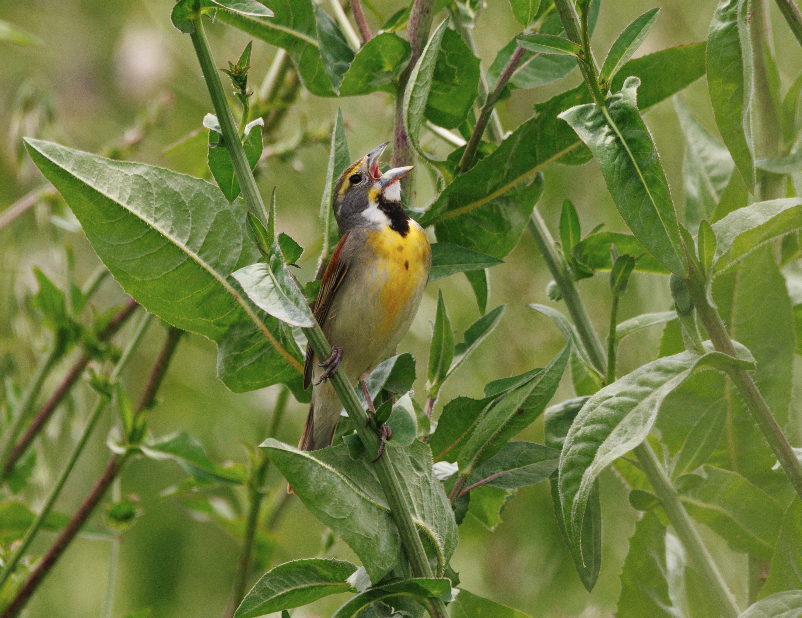

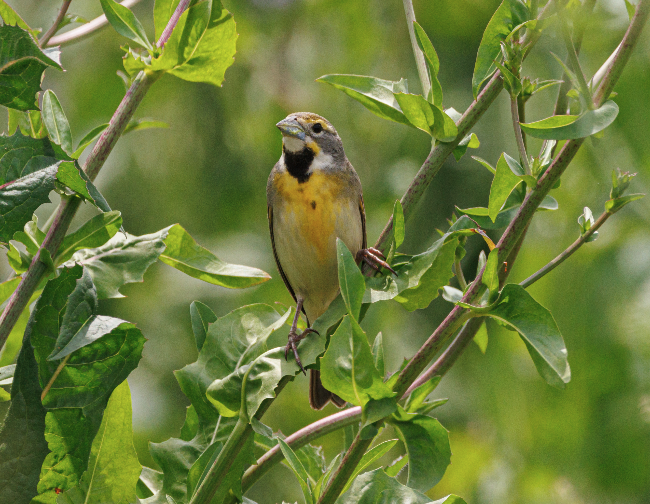

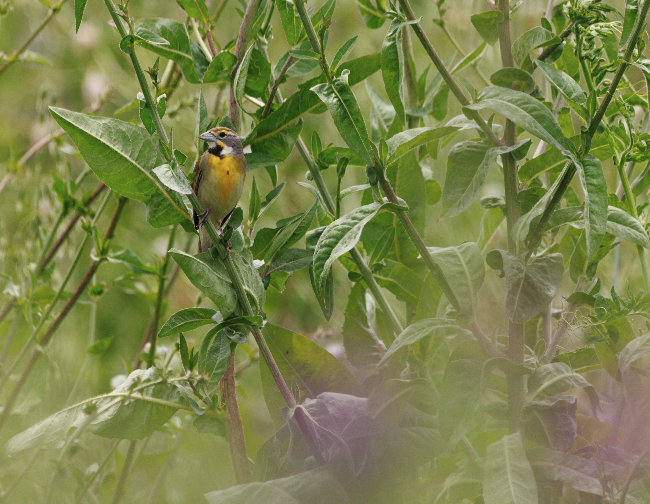
The Dickcissel is the only living member of the “Spiza” genus, inside the family of Cardinals and were named for the male’s song.
As with other members of Cardinal family, during the breeding season, Dickcissels eat both insects and seeds. Insects include grasshoppers, caterpillars, termites, flies, wasps, beetles; they also eat spiders. During migration and in the winter months, they eat almost exclusively seeds including grasses, willows, and buckwheat as well as crops including rice and sorghum.
These handsome birds are best spotted singing from the tops of scrubby branches in open fields, grasslands and in agricultural areas throughout the midwestern states of the US from Texas to the Dakotas.
But as seen here, you never quite know where a pair of Dickcissles will show up so it’s a good idea to keep an eye out for them throughout the summer months.
Photos by @sally_siko of @bestlife_birding both captured on my mighty mirrorless monster, the @canonusa #R5
PS. 10/10 recommend getting some ice cream at the nearby Maple View Farm Ice Cream ❤️
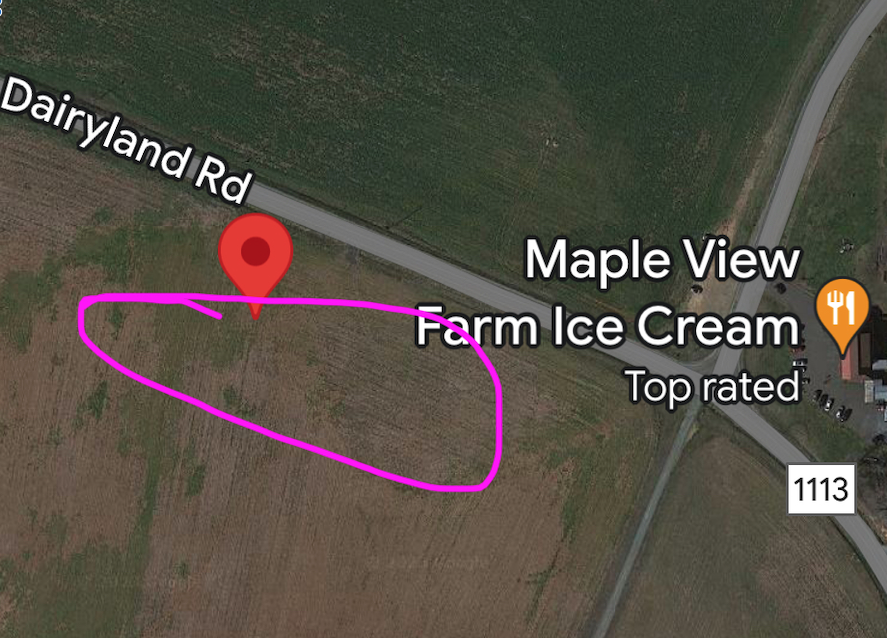


By Sally Siko
Just got home after spending the day birding on Wrightsville Beach NC.
I’d set out early this morning with my friend Corie to see if we could lay eyes on a reported Black-legged Kittiwake which had been spotted on Johnnie Mercers Pier.
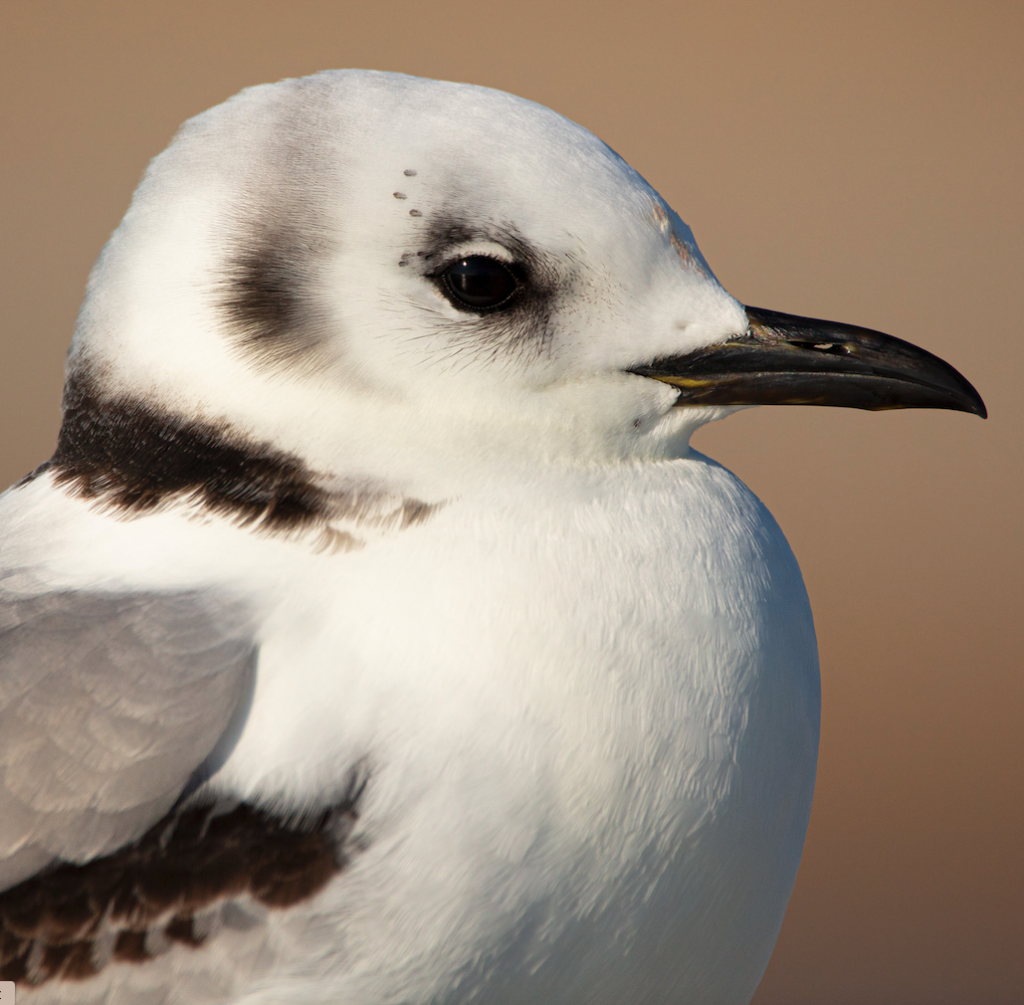
Normally I don’t chase gulls, terns or pelagic species (because the ocean is freak’n huge lol!) and since I live several hours away from the coast, the odds of anyone bird still being in the same spot, are generally slim to none by the time I arrive.
This time was different because the Kittiwake had been observed actually sitting on the pier over the last few days so against my better judgement I said screw it, I’m going lol!
Now I really had my doubts that the bird would still be there so I was really happy to spot this feathered gem swimming right offshore (at very close range!) within 30 seconds onto stepping onto the pier!
Oh my goodness what a relief haha 🙂
I quickly snapped off a bunch of photos of the Kittiwake paddling in the water below and thought that this was the best view I’d get of the bird.
But then, the Kittiwake took off, circled overhead and landed right next to us on the pier railing (bullying off a Laughing Gull in the process lol).
So freak’n cool I can’t even 😁
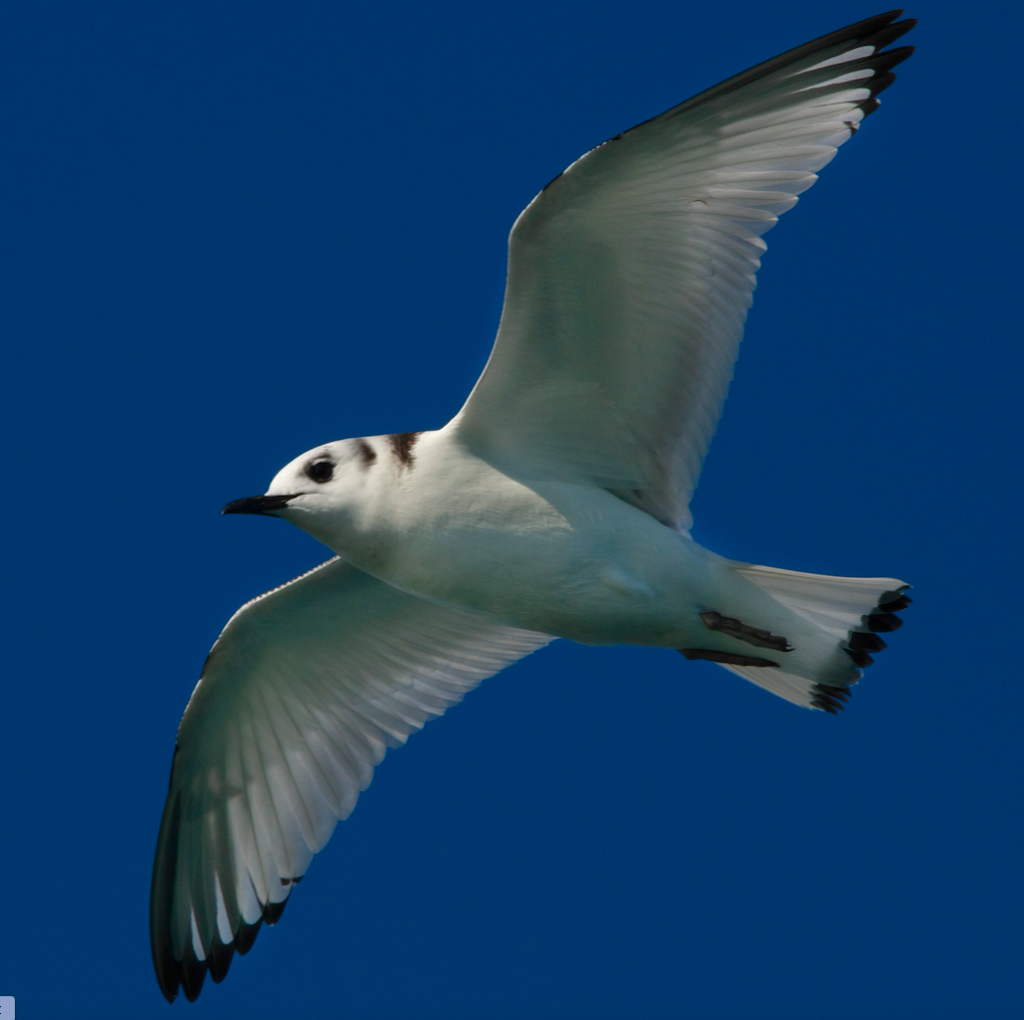
So why has this bird been enchanting onlookers in North Carolina over the past week?
To most folks it looks like any regular Gull that you’d see begging for a snack at the beach.
This guy is different though!
The reason why this is such a nice bird to spot on Wrightsville Beach is that Kittiwakes are true pelagic seabirds, spending virtually their entire lives on the open ocean, only touching down on solid grounds in the far North Atlantic, North Pacific, and Arctic regions during their nesting season.
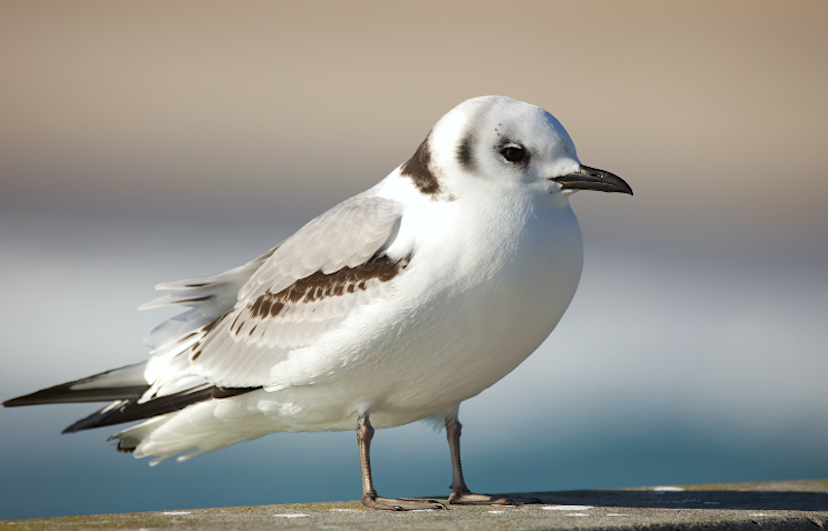
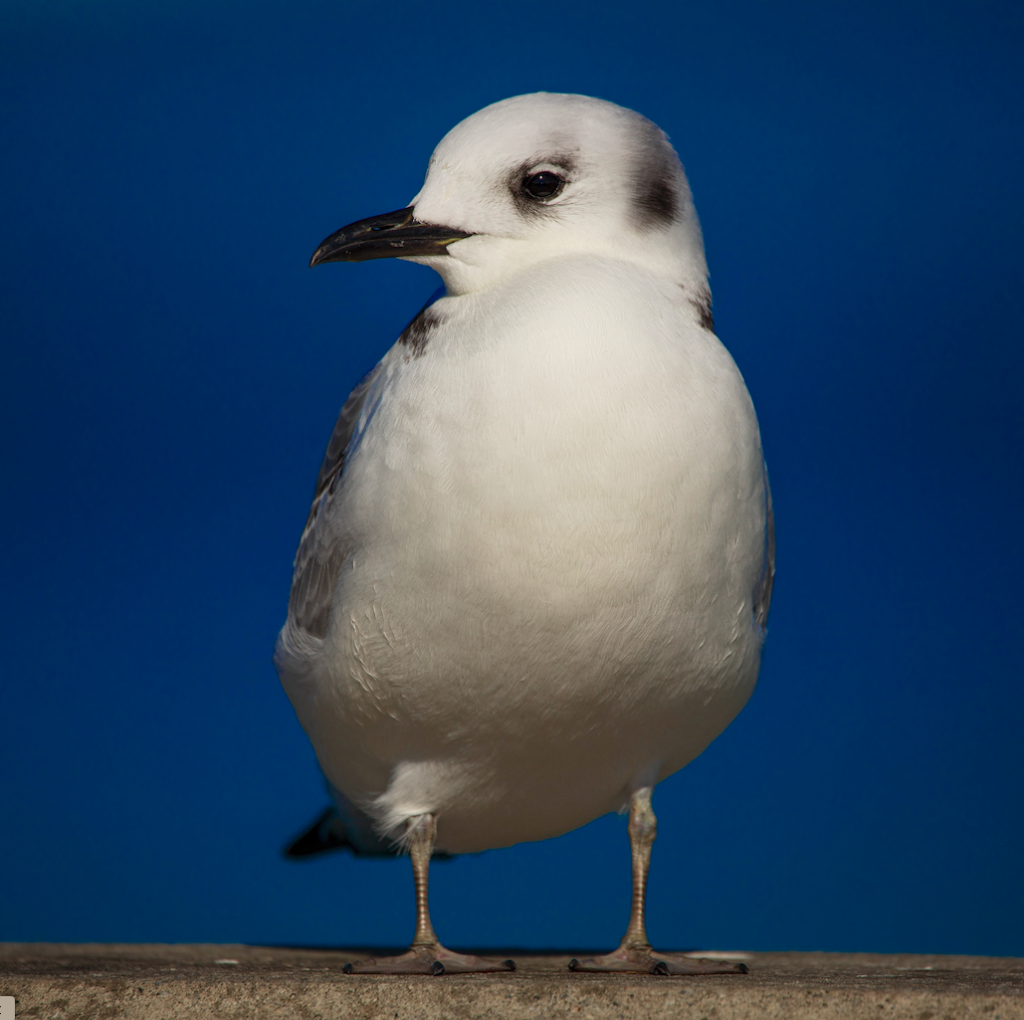

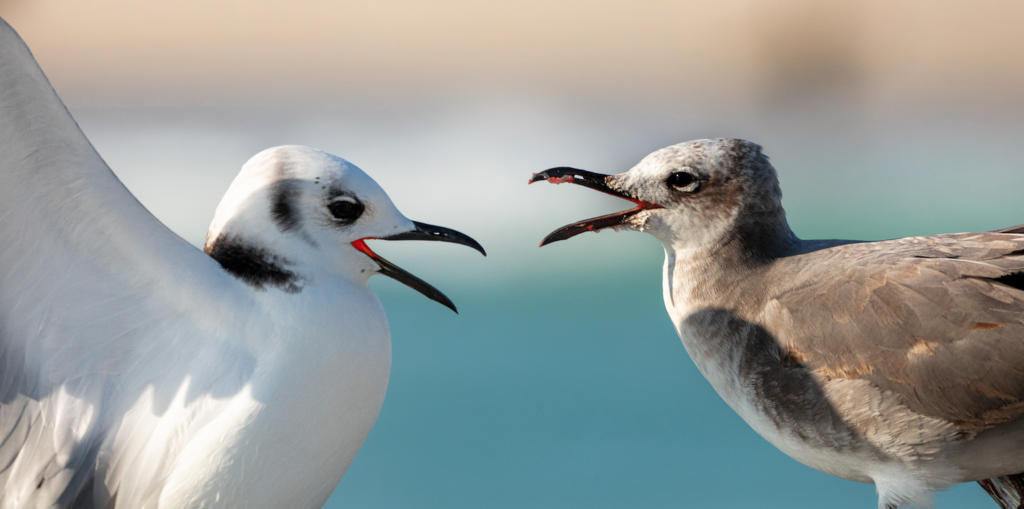
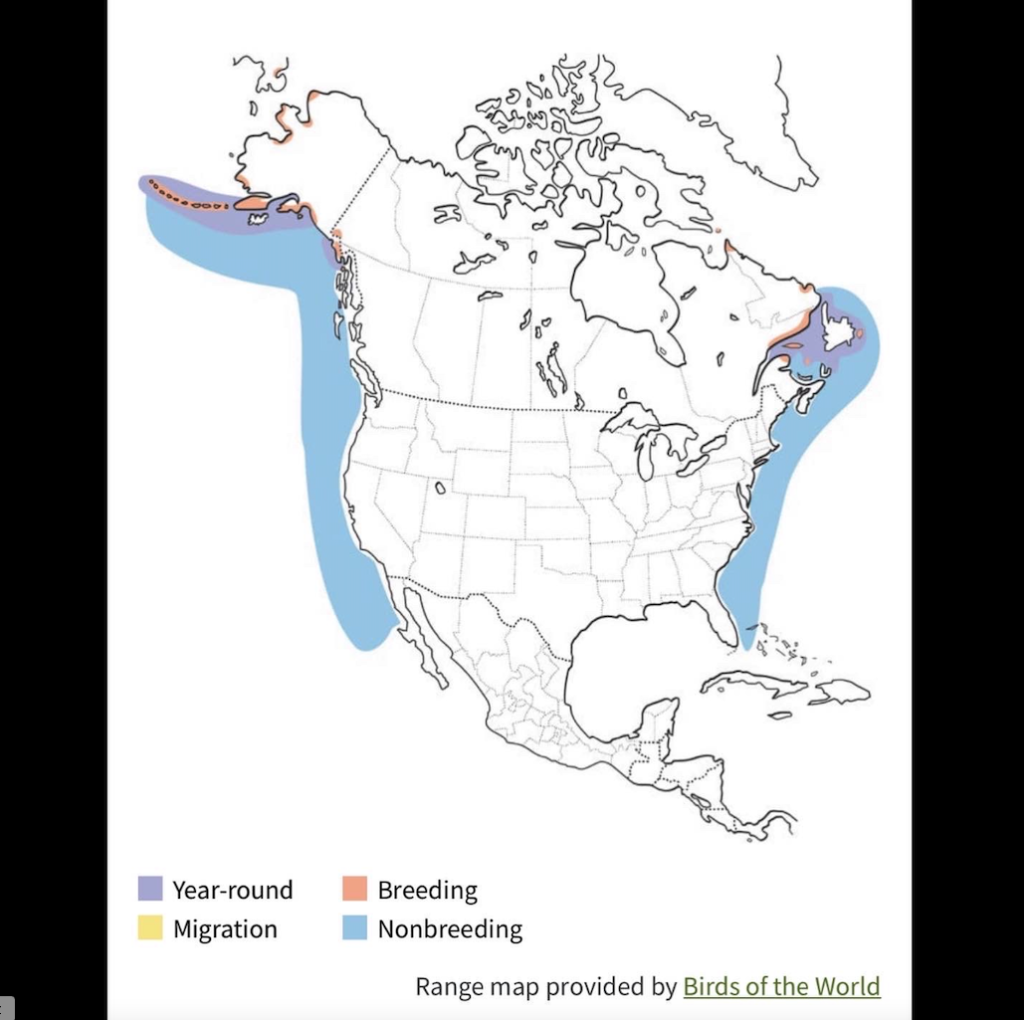
To actually see one up close, perched on a pier in North Carolina was truly a remarkable moment.
Oh and yessss it was a lifer to boot!
Wooohoo!
Photos by @sally_siko of @bestlife_birding on my mighty 50MP monster, the @canonusa #5Ds
By Sally Siko
Yesterday I left my home in Raleigh NC at 2:30am and headed north for a trip to Sky Meadows State Park in Delaplane, VA.
There had been reports that a pair of Trumpeter Swans had been sighted there.
*check out my personal account @sally_siko for a behind the scenes story on this trip
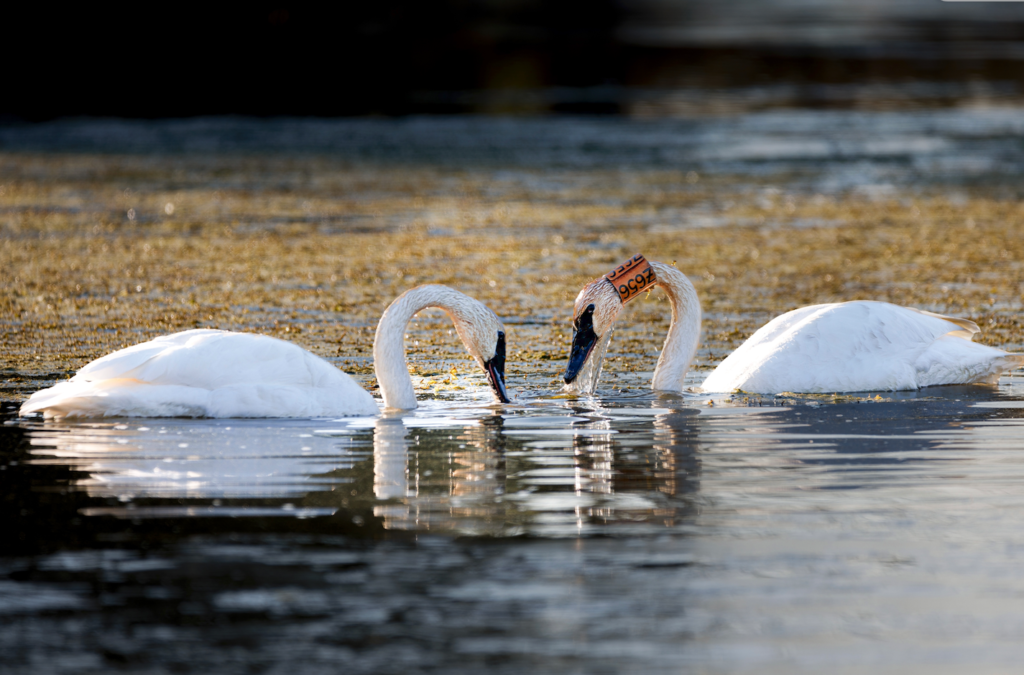
Thankfully when I arrived on sight at 7:30 am, I was able to locate these beauties right away. The surprising thing was that there were 3 swans gliding on the water instead of the 2 which had been previously reported on @ebird
Right away I realized that one of the birds was not a Trumpeter Swan but in fact a lonely Tundra Swan.
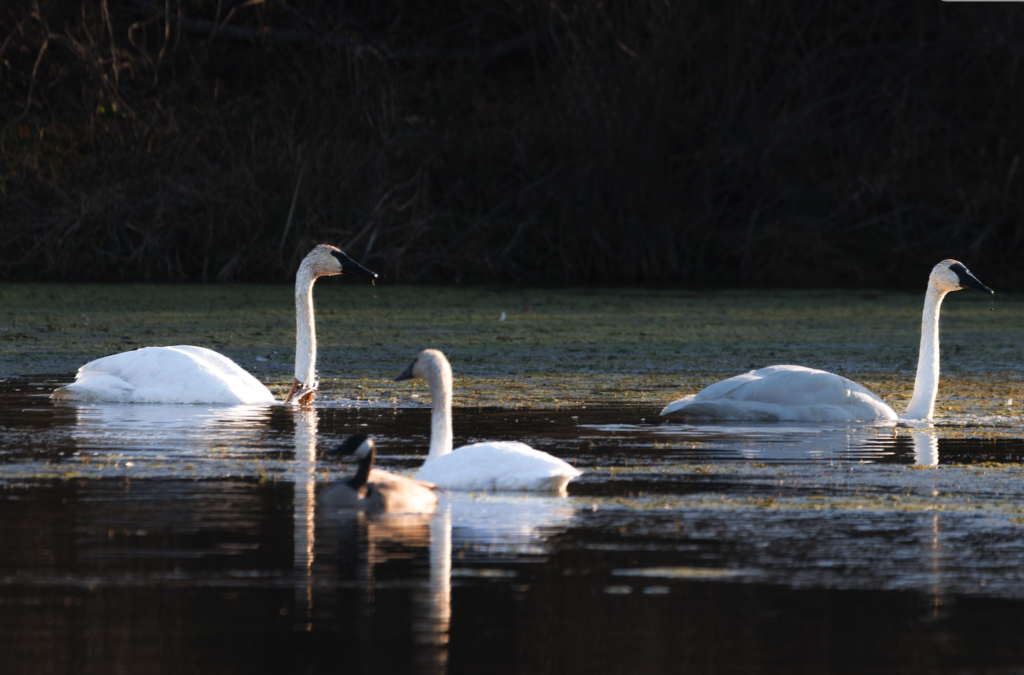
While the Trumpeter’s were quite amicable to my presence, the Tundra was much more wary and kept a good distance from my position on the shoreline.
So cool!
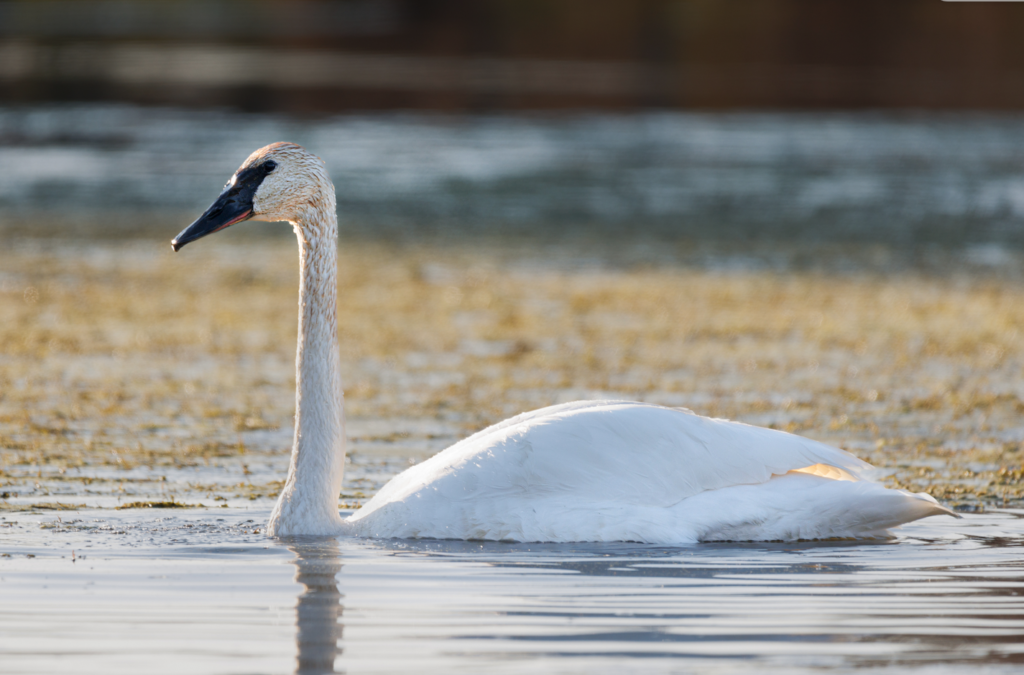
Standing at nearly 4ft tall with a wingspan stretching 5.2ft, and a hefty weight topping 30lbs, Trumpeter Swans are both the largest and heaviest species of waterfowl native to the United States.
It’s pretty easy to see the tremendous size difference shown in these photos between the two Trumpeter’s and the smaller Tundra Swan.

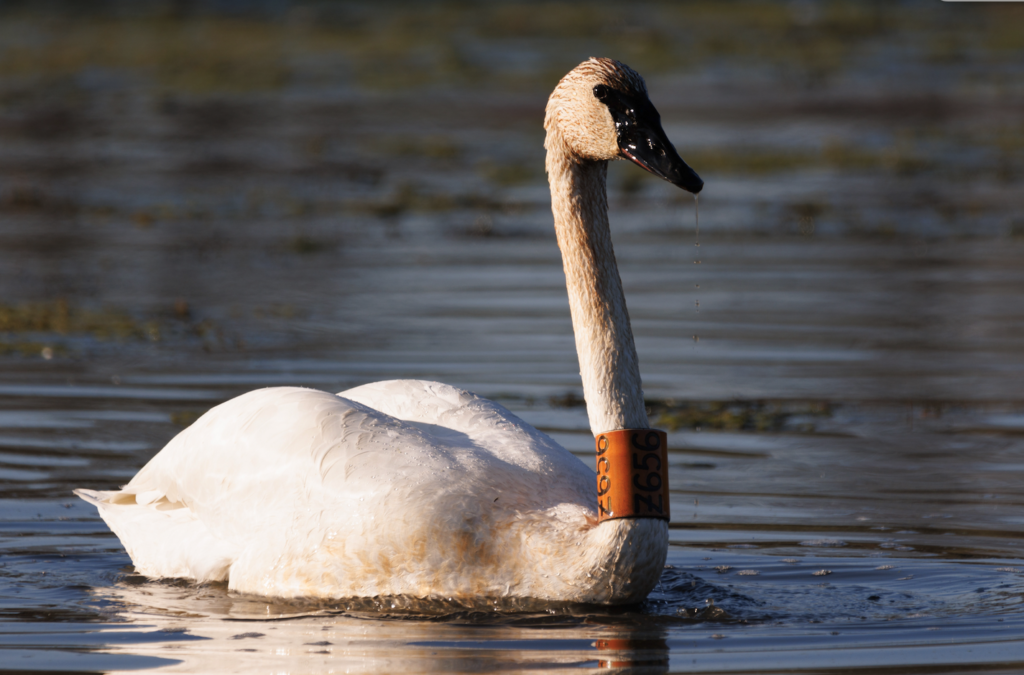

The reason that I was thrilled to see the pair is because although the numbers of this species are increasing (currently estimated at 63,000 birds), Trumpeter Swans are a rarely spotted here in the eastern US.
These elegant birds originally graced wetlands across a broad region of North America from Illinois all the way up into northwest to Alaska.
Unfortunately though, throughout the 17- and 1800s, they were hunted relentlessly for their meat, skins and feathers.
That combined with habitat loss meant that by the 1930s, only 69 Trumpeter Swans remained in the lower 48 states, living in the remote Red Rock Lakes area in southwestern Montana.
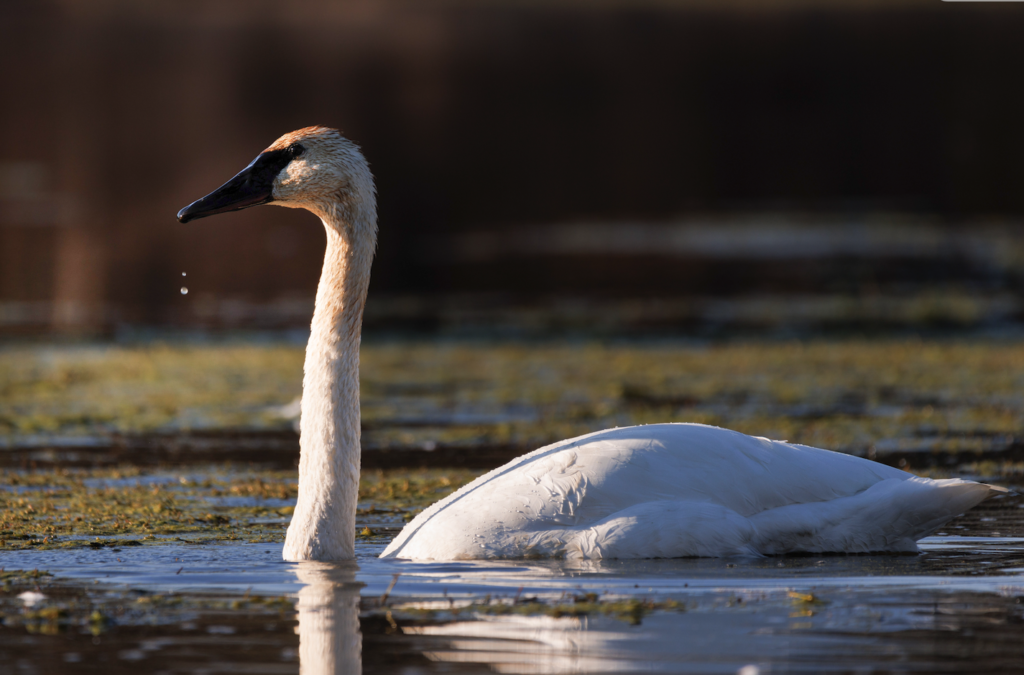

Thanks to modern conservation practices, this species is recovering however their future remains uncertain due to continued habitat loss and lead shot poisoning.
We almost lost them but at least we’ve got a chance to today to ensure the survival of this magnificent bird.
Photos by @sally_siko of @bestlife_birding on my mighty mirrorless monster, the @canonusa #R5
Oh btw- I did report the presence of the neck banded bird to https://www.usgs.gov/labs/bird-banding-laboratory